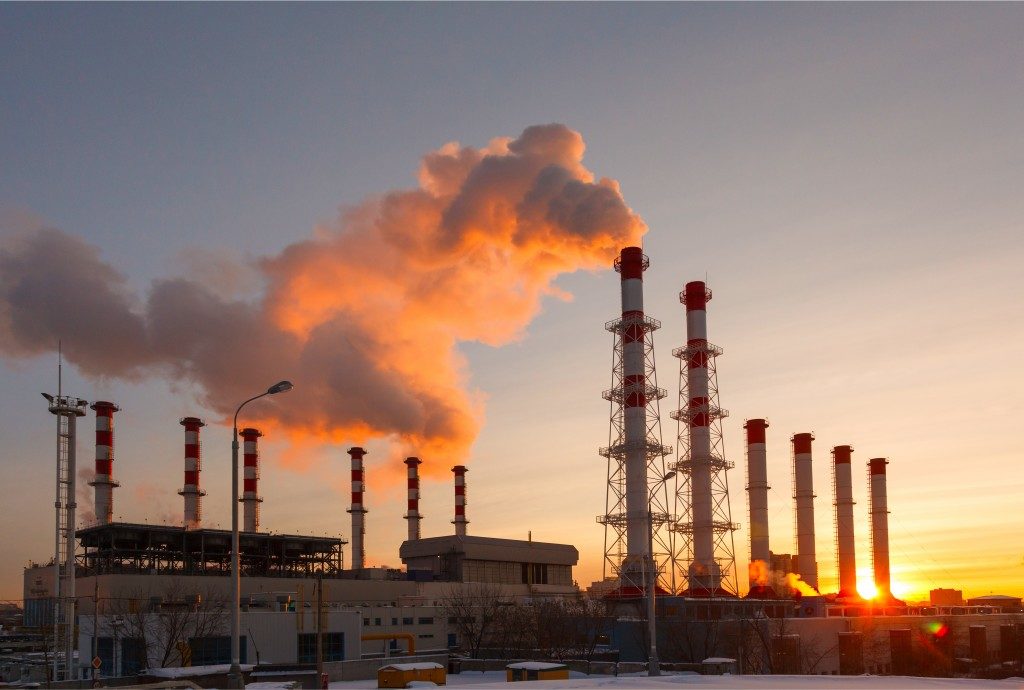The negative effects of air pollution to our environment are severe. It ruins our atmosphere, and damages plant and animal life. Most of all, it tremendously affects our health, causing or worsening heart and lung diseases. To curb its effects, governments, industries, and even individuals are coming up with solutions, the most effective of which include the following.
Cleaning exhaust pipes and smokestacks
Power plants, factories, and motor vehicles are the main sources of air pollution, as they continuously emit gaseous waste and fumes into the atmosphere that contain harmful particles, like soot and dust. Cleaning the fumes before they leave these sources is necessary to lessen their contribution to air pollution.
One of the technologies developed to control air pollution is electrostatic smoke precipitators. It is a cleaning measure that utilizes static electricity to trap air-polluting particles from the gases leaving the smokestacks of power plants and manufacturing industries. There is also flue-gas desulfurization (FGD) or scrubbing, which chemically eliminates sulfur oxide gasses before they leave the smokestacks. Some power plants also use carbon capturing to trap carbon dioxide emissions.
Motor vehicles use emission reduction strategies to curb their contribution to air pollution. For gasoline-powered vehicles, the exhaust pipe is fitted with catalytic converters to limit the exhaust gas emissions. Experts are also developing gasoline that combusts cleaner, and automotive companies are producing energy efficient cars with less emissions.
Renewable energy sources

Coal and fossil fuels contribute to air pollution greatly, so choosing alternative or renewable energy sources to produce the power we require is one of the best solutions to air pollution. Alternative energy sources include solar energy, wind energy, geothermal energy, and hydro-power, all of which use natural sources to generate power. If more people harness these energy sources instead of solely relying on fossil fuels and coal, air pollution will be greatly reduced.
Green architecture
Air pollution persists even indoors, and building green, biophilic buildings can help purify the air indoors and outdoors. The ideal green building fosters the growth and preservation of the natural environment around the project site, and even on and within the building itself once completed. Plant life, such as moss walls, living walls, small trees, and bushes, are incorporated in the design of these green buildings to purify the air within and around the building.
Individual prevention
There are many ways to reduce or prevent air pollution in the individual level. One way is to reduce car emissions by driving your car less. Instead, you can walk, ride your bike, carpool, or take public transport to get to your destination. This way, there will be fewer vehicles on the road that emit harmful air particles.
Energy conservation is also a viable way to reduce air pollution. When not in use, turn off or unplug the things in your home that uses up electricity, such as lights, computers and electric appliances. And use energy-efficient appliances and light bulbs instead. High amounts of fossil fuels are burned to produce the energy a household needs, so using up less energy means less fossil fuel emissions.
The manufacturing of products, such as plastic bags, water bottles, and papers, also pollutes the air. So, we can help alleviate air pollution by reducing our usage and reusing or recycling these products as much as we could.
Air pollution is a global problem, and this means all of us are involved. From governing bodies and huge companies, to individuals, each of us must do our share in reducing air pollution, so the entire planet can breathe freely.



